
I am in Venice, and I am posting from a garden on the island of Giudecca. It is best described as a series of four gardens, each on the site of plots of land with their own plant history.

These histories are layered through the current design, from the layout of old orchards, to a vegetable section, to a shady tall trees area, to the evocation of a maze created with hydrangeas.
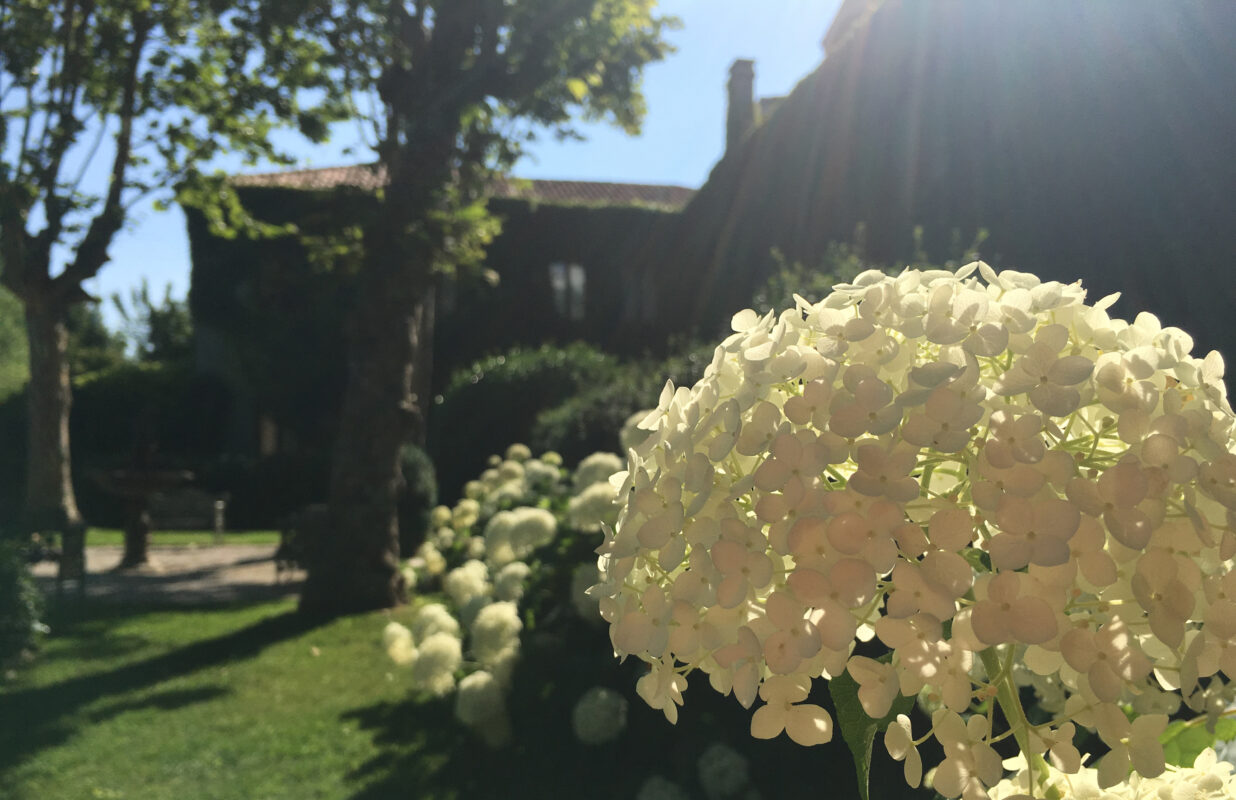
You can find a detailed description of the idea behind the garden design in the link above, but I want to share my images of another aspect: the garden’s edges, or rather how edges are a guiding principle through this garden.


Some of these edges are quite literal, for instance those following the brick walls that originally marked orchard plots. Others are more subtle and playful, and defy expectations of what is to be found in a formal garden, because – listen to this – among the 200 species of old roses, established trees, oleanders, clematis, jasmines, laurels, bamboo, tulips, irises, buddleias
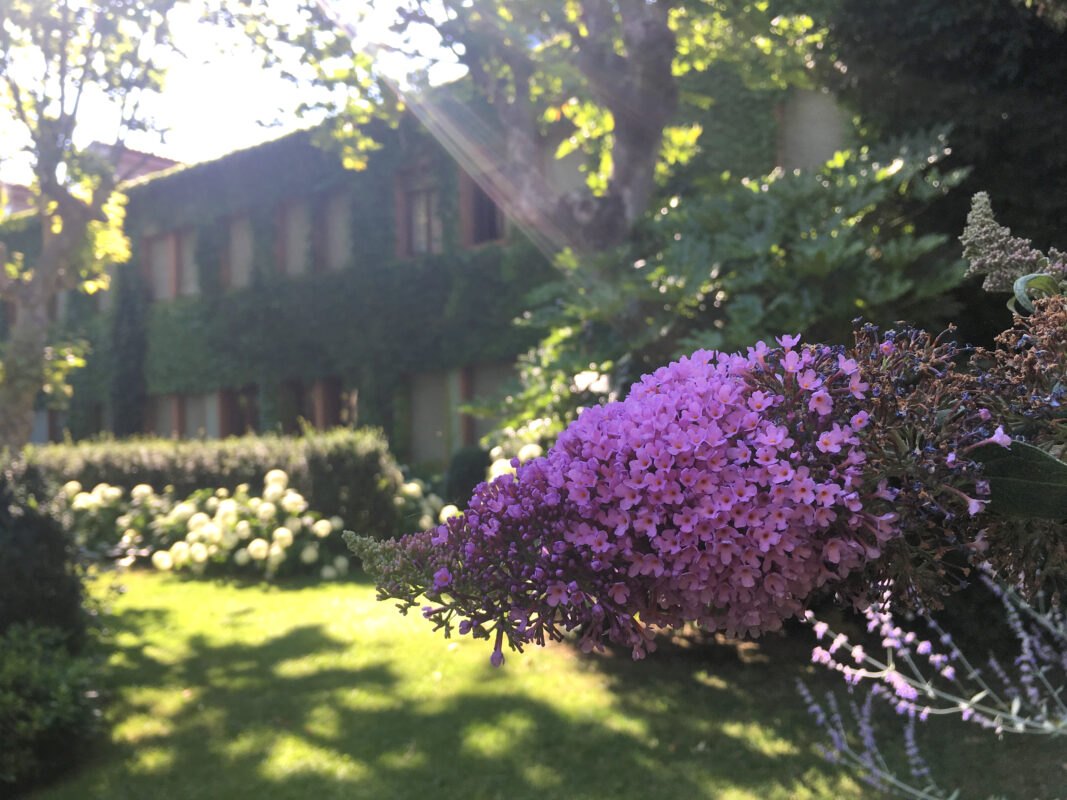
spontaneous plants, or if you prefer weeds, design this space. This is not random: it’s really good multispecies design. The weedy plots, as you can see in the photos below, are designed, in that they are allocated large but delimited areas of the garden, but whatever happens in the space is left to plants (and yes bacteria, fungi, pollinators, birds, just not to humans). The result is a tangle of different weeds most of them edible or medicinal (Taraxacum officinale, Plantago lanceolata, Malva officinalis, Potentilla reptans, Clinopodium nepeta), doing their own thing, quite beautifully. It is also a gentle joke, as this is a private garden of a top range hotel famous for its grounds, a rarity in Venice, and the edges generated by these piante spontanee are an element as important as the towering Taxus baccata and the old roses.
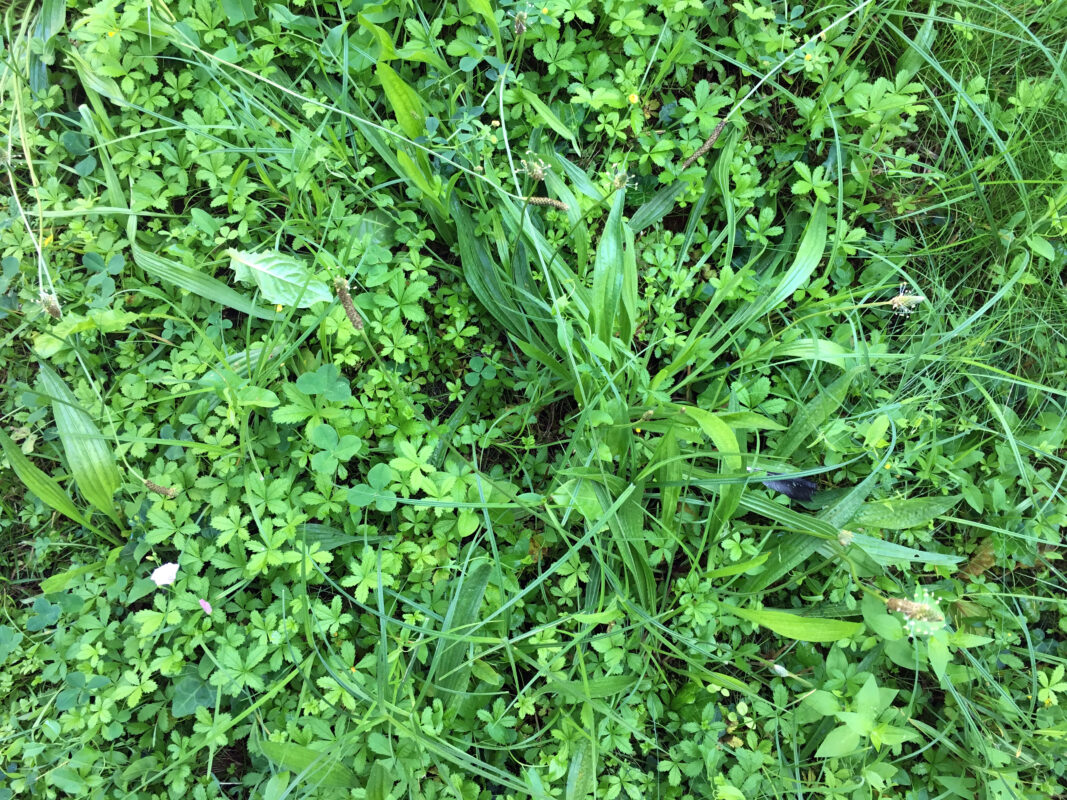


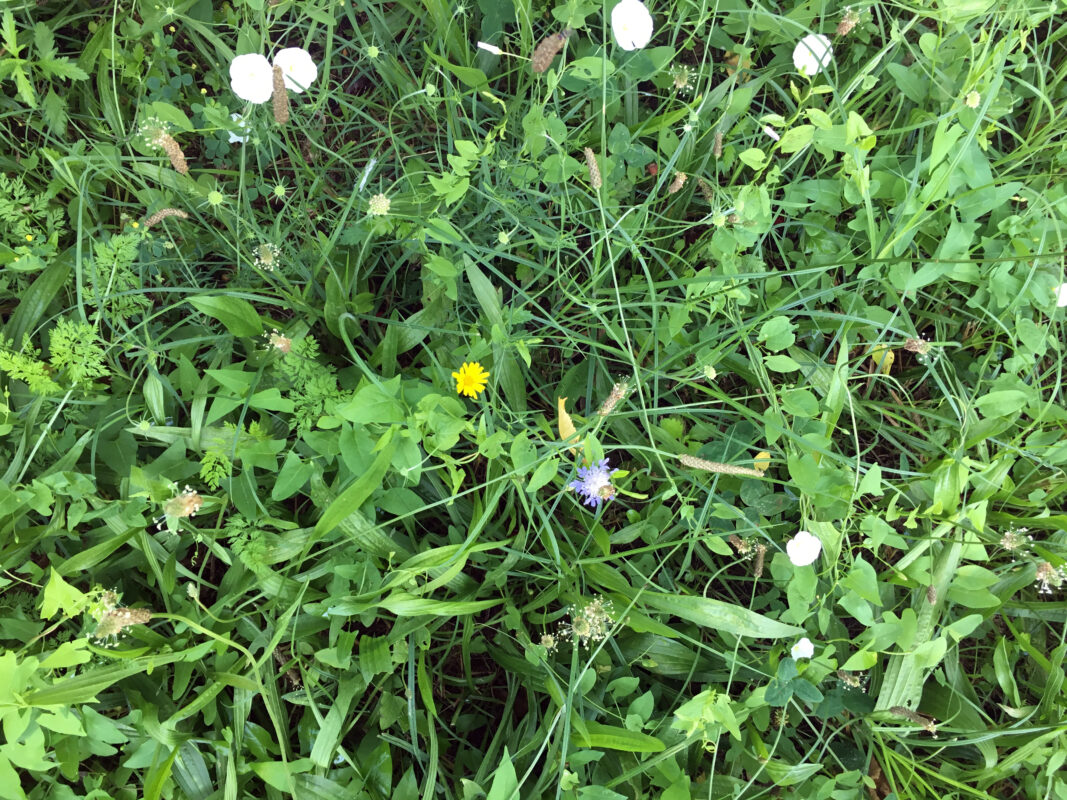

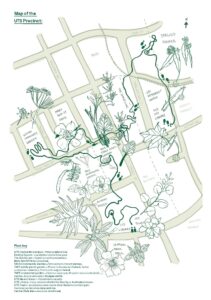
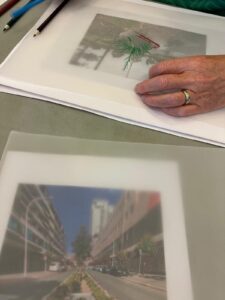

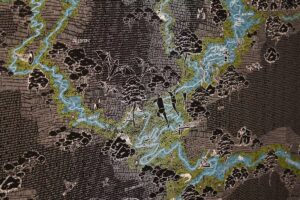
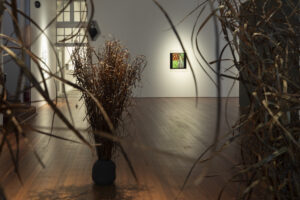
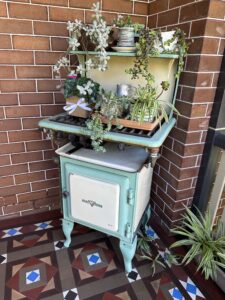
0 Comments